I’m a night owl by nature. As a kid in the pre-cable, pre-streaming days, my dad and I would stay up late watching old movies together. And for much of my journalism career, I worked an evening shift that did not get done until at least midnight, if not 1 or 2 a.m.
That said, I’ve never been able to resist a beautiful sunrise.
Last night, I drove to the mountains of Central Virginia, taking off for a solo three-day trip to our family’s one-bedroom condo in Wintergreen, Va. I’m spending some concentrated time working on several freelance projects this week and needed a change of scenery after the annual December birthday-a-thon and a frigid Christmas trip to New York City.
The tiny 800-square-foot condo looks out to the East over a valley at the top of the mountain. When it’s clear, the sunrise is truly gorgeous, as spectacular as anything I’ve seen outside the Rocky Mountains or Arches National Park in Utah. On rainy or cloudy days, it’s hard to see past the fog encroaching on the tiny deck, or the groundhog that sometimes hangs out on the small strip of grass behind the condo.
Our place is about 2,700 feet above sea level, so at times you get the best of both worlds as the sun rises above the clouds before the fog rolls in. And that’s what happened this morning.


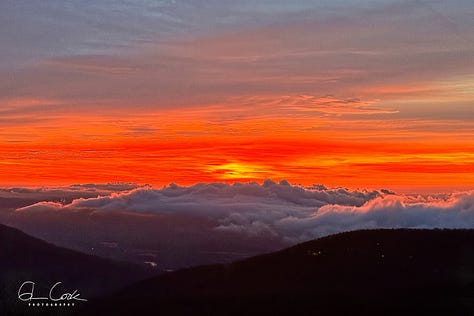



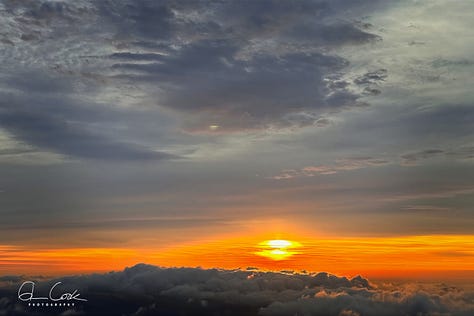
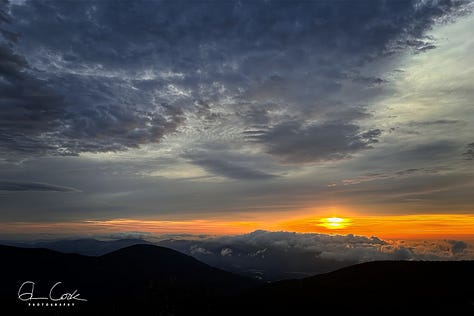
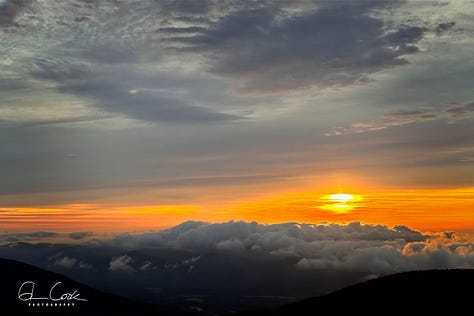
None of these photos have a filter, and I only played a bit with exposure and contrast. Nice, huh?
The Cold and the Sun
The colors in these photos were so vivid that I decided to compare them to other sunrises and sunsets I’ve shot over the years. With only a few exceptions, the best ones always seem to be taken in the late fall and winter.
As it turns out, there’s a reason for that. The peak season for sunrises and sunsets is November through February in the middle latitudes, according to Stephen Corfidi, a meteorologist for the National Oceanic and Atmospheric Administration
Corfidi told Vox that sunrises and sunsets are more vivid in the winter because of low humidity and cleaner air. Clouds reflect light, making things much more brilliant as well.
But what creates those beautiful colors? The technical term is Rayleigh scattering, the same thing that makes the sky appear blue during the day, Corfidi says.
In nontechnical terms, light is made up of different colors with different wavelengths. Cooler colors — think blue and violet — have shorter wavelengths. They are filtered out as the sun rises and sets because light has to travel a greater distance for us to see it. Warmer colors, primarily reds and oranges, have longer wavelengths and stand out as a result.
Finally, even though the days are shorter during the winter, the time it takes for the sun to rise and set is longer and at more of an angle, making it less hazy and the colors more intense.
Without meaning to, I learned something new today, which is not a bad way to start a new year. I hope you did too.
Enjoy a few more of my sunrises and sunsets. The first two are from Wintergreen. Only two were taken between March and October. And let me know which ones you like best in the comments.



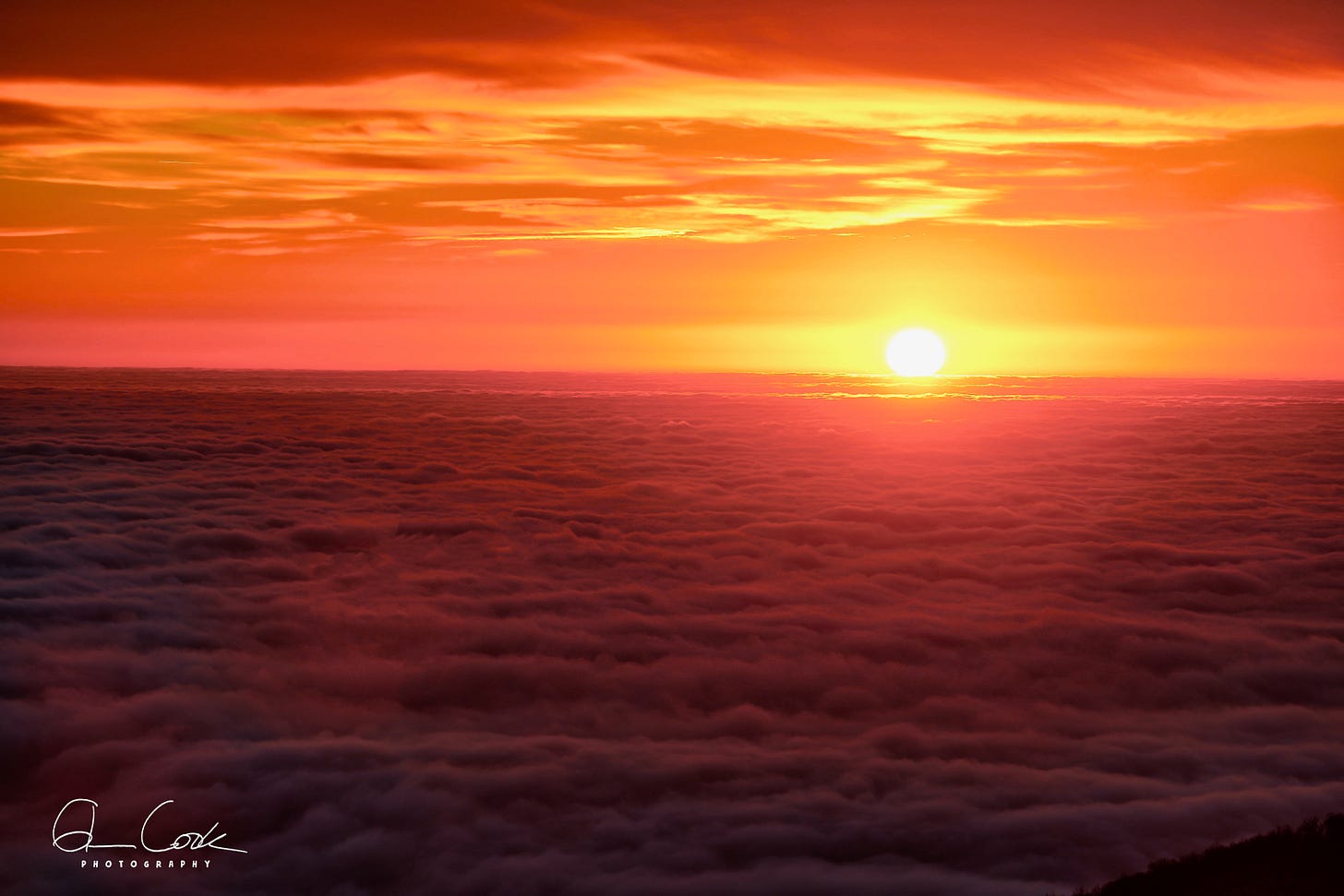



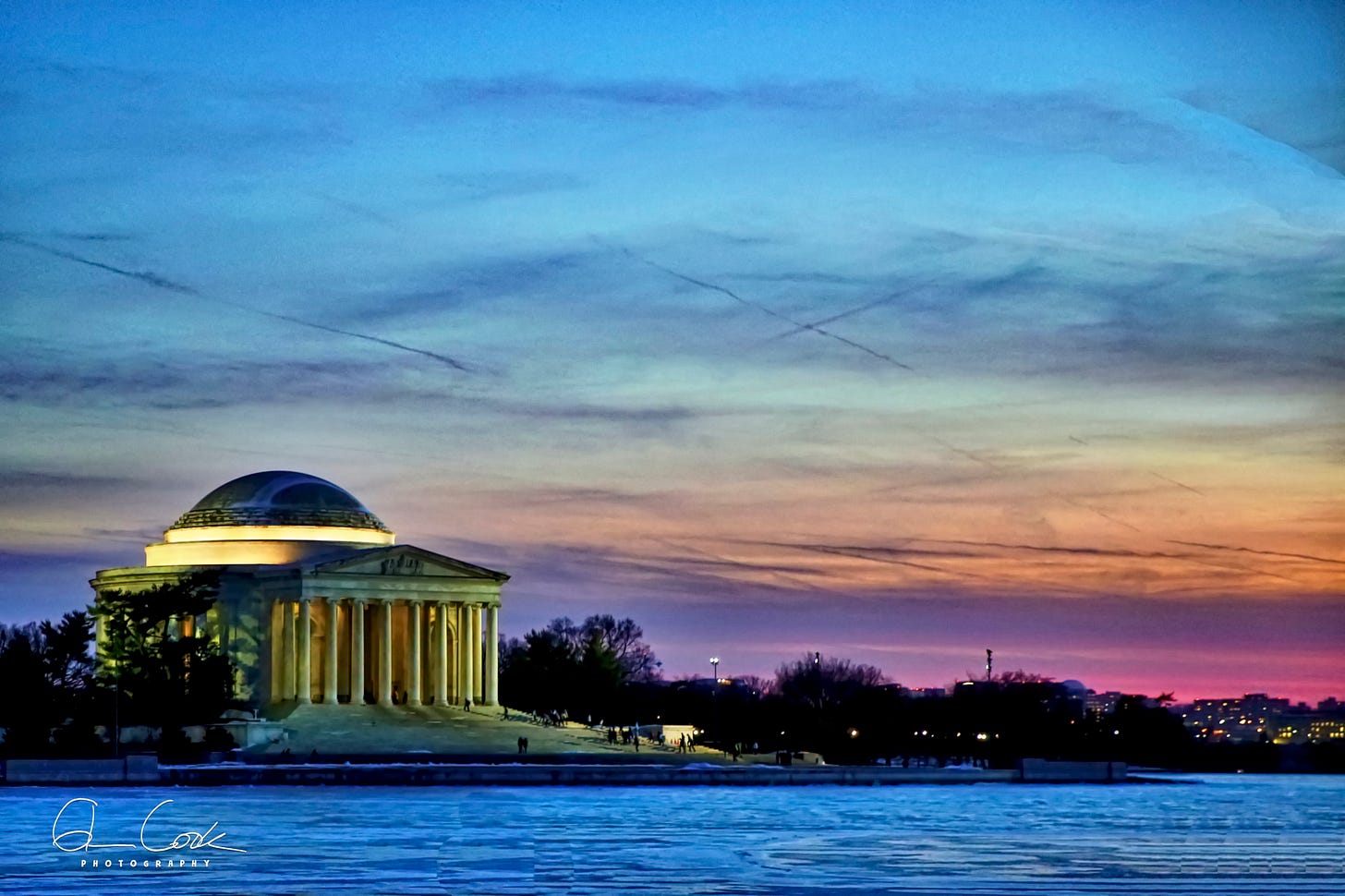
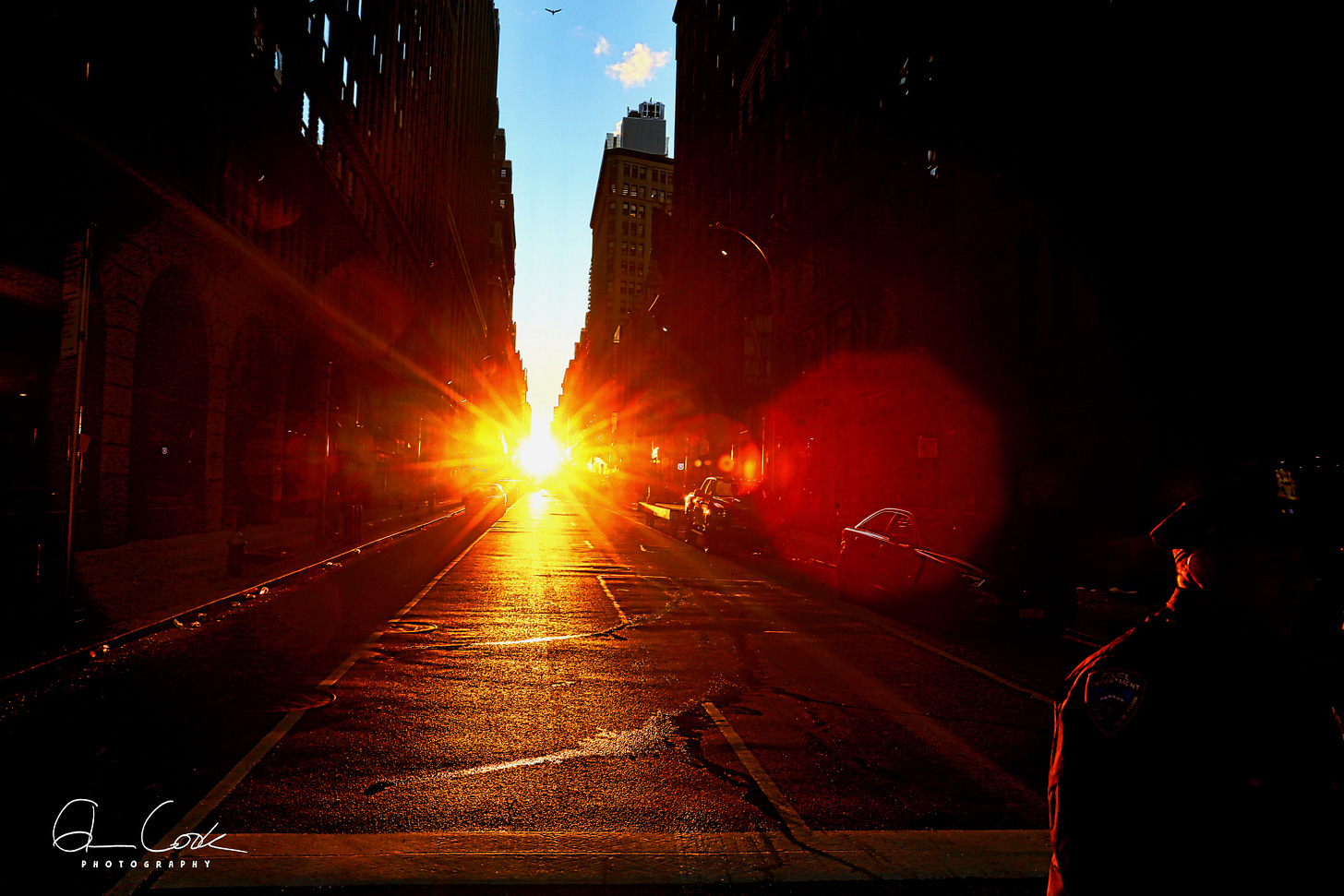

The Jefferson Memorial and Albany, TX for the colors into the blue/purple range.
Living in the mountains of Montana I am privileged to many such beautiful mornings and evenings.